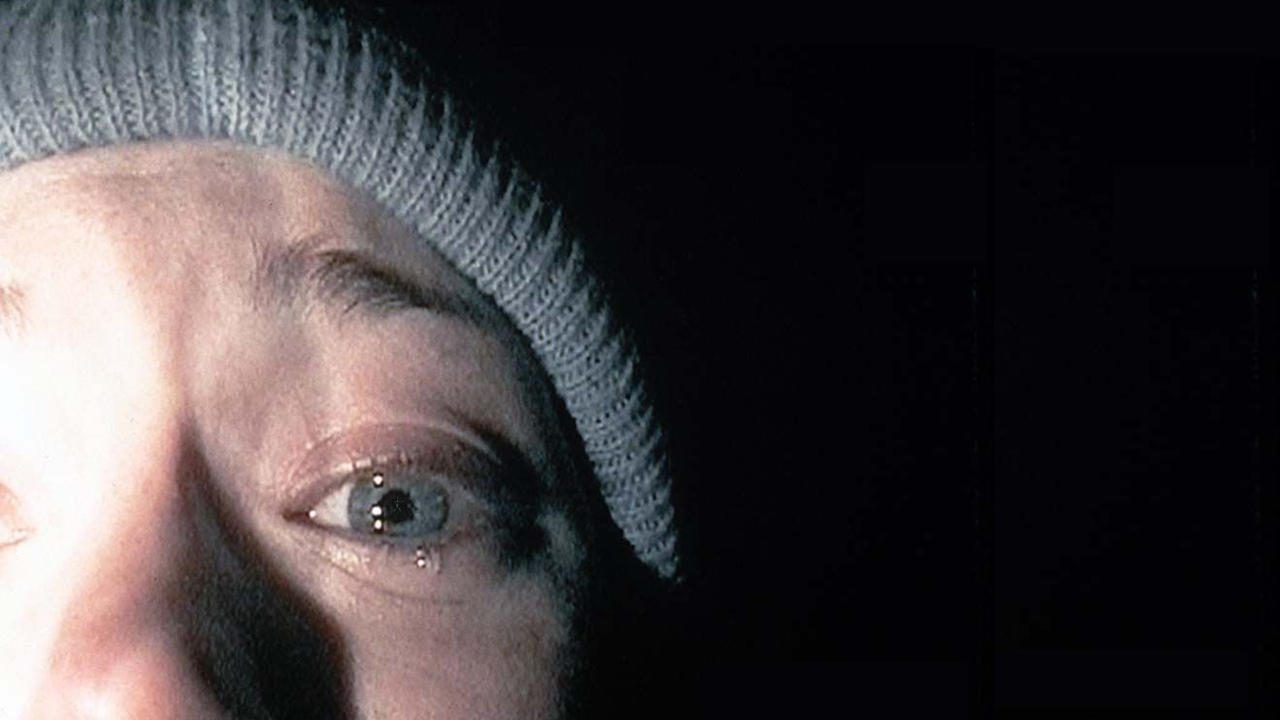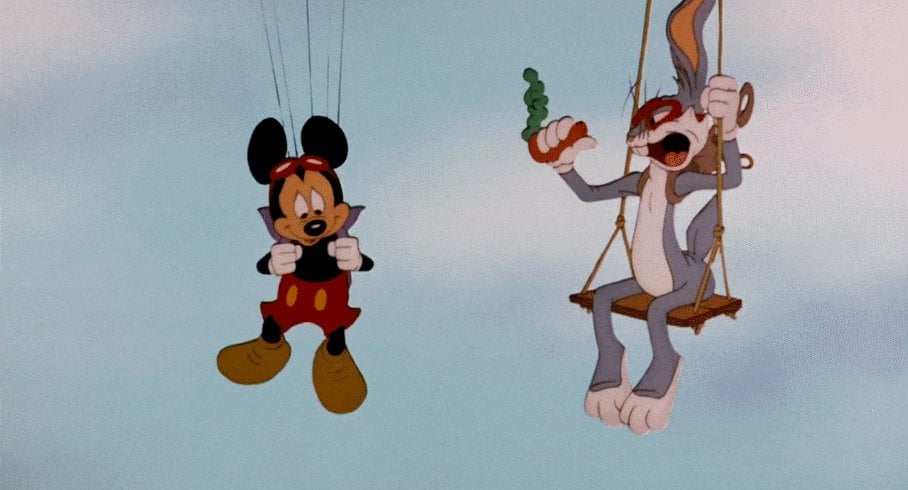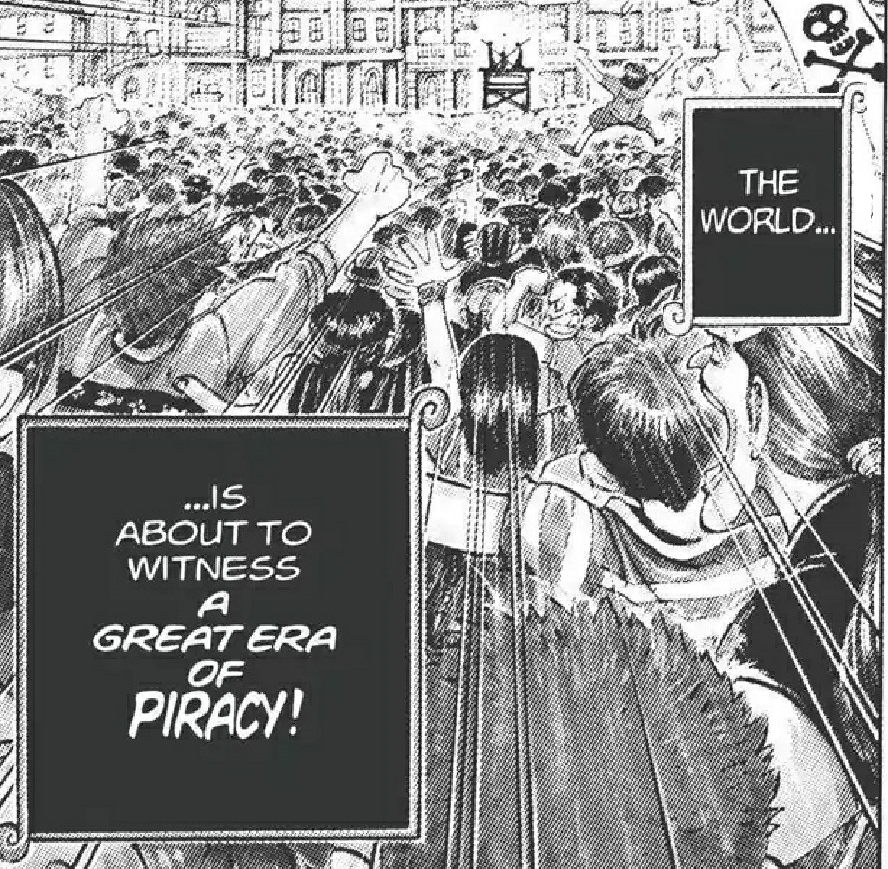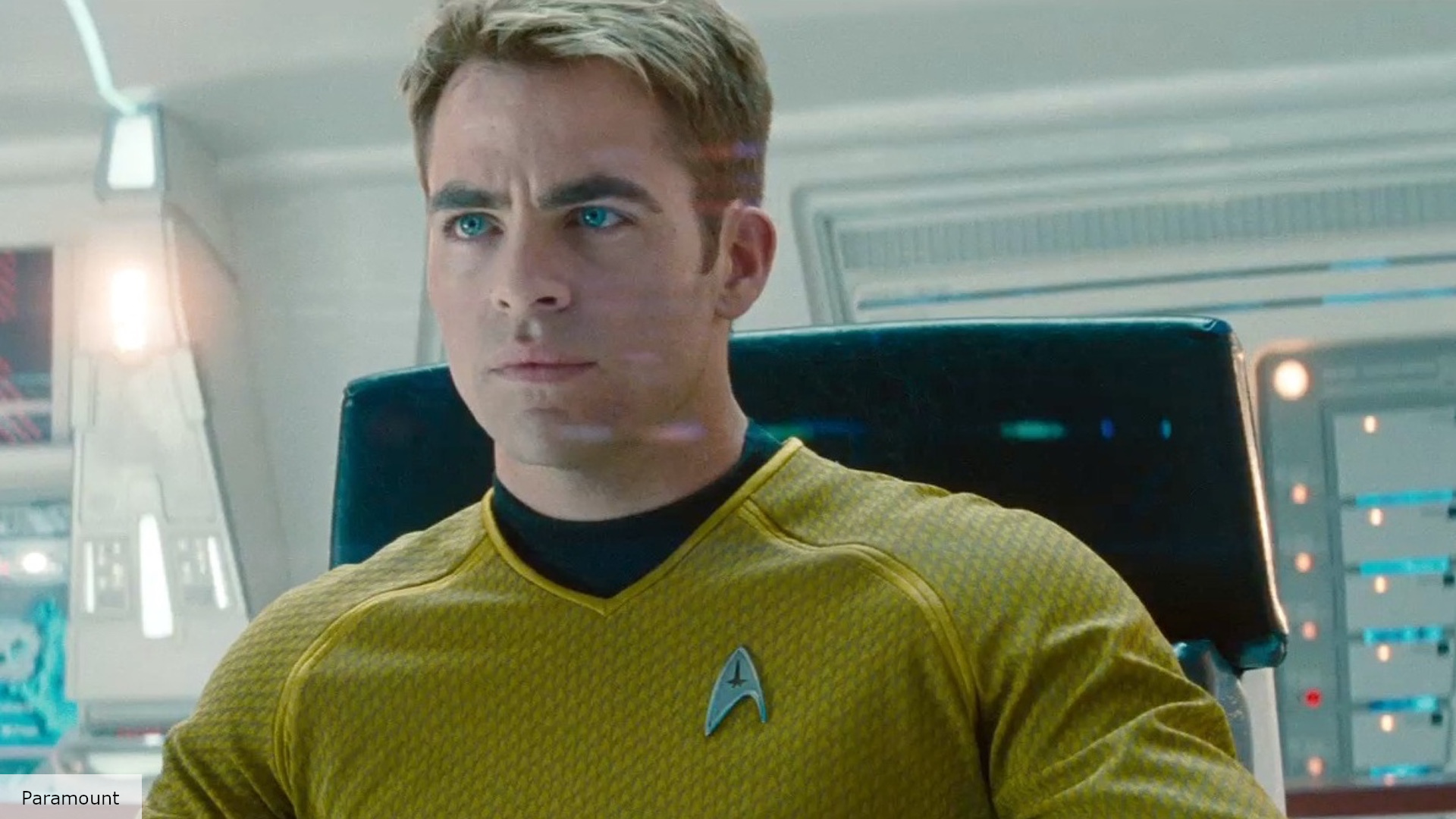“Do you think she exists?”
I’ve noticed a curious side effect of watching so many horror films for 31 Days of Fright. When watching something regarded as a classic for the first time, I feel this weird tightrope tension because I want so badly for the film to live up to its reputation and status. I felt this way about last year’s Rosemary’s Baby, this year’s Texas Chainsaw Massacre, and I definitely felt it about The Blair Witch Project, which beyond being a huge hit (although it launched the careers of precisely no one, strangely enough) has become a genuine cultural artifact.
The found-footage style of filmmaking had been present in the works of Federico Fellini and Christopher Guest, as well as This is Spinal Tap, but Blair Witch was the first time it was applied to horror, and it made it ubiquitous. The unpleasant side-effect of being a pioneer is that you have to deal with about a thousand horrible imitators. What’s remarkable about Blair Witch is that its opening is still effective; there’s a strange thrill to be found in its brief introductory title card, which states that three students went into the woods outside Burkittsville, Maryland to investigate the legend of the Witch, and their footage was found a year later.
In a lot of ways – certainly all the relevant ways – The Blair Witch Project is the Rosetta Stone of found-footage horror movies, which is a dubious legacy, but to watch it for the first time in 2017 is a strange experience, alternately impressive and underwhelming, because directors Daniel Myrick and Eduardo Sanchez invented so much of the genre. In Blair Witch we are watching tropes being born. To be frank, Blair Witch has lost some of its potency in the intervening eighteen years, which is an unfortunate by-product of having seen so many of its toothless imitators. (It’s easy to see, though, how this film would have been absolutely terrifying in 1999.) Myrick and Sanchez’s eye for staging, though, is still engaging.
One of my favorite tropes of found-footage is the compressed distance between actor and character. Here, Heather Donahue, Joshua Leonard, and Michael Williams play Heather Donahue, Joshua Leonard, and Michael Williams. The three are clearly untrained actors but manage to turn it performances that are not just credible but impressive. They don’t concern themselves with actors’ tics or affectations, and because of this their performances feel realistic and unforced. They can be annoying, sure, but you know who else can be annoying? People! I vastly prefer natural performances like this, that feel improvised to the point of authentic, to overwritten roles like Scarlett in As Above, So Below, who just turns into a smug, know-it-all bully.
The trio’s exploration of Burkittsville (originally called Blair) is one of the film’s strongest segments; at times the camera shifts from Mike’s to Josh’s, and from color to black and white, looking for all the world like Alexander Payne’s Nebraska. Here more untrained actors – most likely locals of the town – deliver the requisite exposition about the Blair Witch. Realistically, Myrick and Sanchez painted themselves into a corner; with a sixty thousand dollar budget they knew a huge Hollywood monster was out of the question, and their solution was to have the townspeople offer varying accounts of the Witch. One speaks of a woman covered head to toe in hair; another ominously intones that he doesn’t know if he believes in the Witch, but he believes enough not to go into the woods. The cemetery has an inordinately high number of children buried there. Stories are told of kids being made to stand facing the corner while their companions are forced to watch them killed by the Witch.
Once Heather, Josh, and Mike actually enter the woods, the narrative suffers, although the scene-setting remains effective. The three of them turn on each other almost immediately; at first it’s cute and funny, as Heather wonders why she can’t smoke in the tent but Mike is allowed to fart. But tensions rise so quickly as to beggar belief – this is the part of the film that feels the most written, and the story beats are made plain. But the eerie visuals (and disorienting switch from color to black and white and back again) help keep the story moving. They wake up one day to find little piles of rocks around their campsite, including in a bird’s nest – are they traps, or offerings, or even little cairns? The Blair Witch Project steadfastly refuses to dig too deeply into its mythology, which at times can be frustrating; but when it works, it really works. For such a minimalist film, Myrick and Sanchez really know when to go big, never more so than when Heather finds a clearing in which crude stick figures are hanging from every tree. (There’s a reason this symbol has become so iconic; it’s really good.)
The film’s climax is something of a masterpiece in slowly escalating absurdist horror. They try to leave the woods and immediately get lost; Mike admits he threw the map into a creek (“It was useless!”). They go around in circles, Heather breaking down in tears when they stumble across a familiar log, desperately insisting “It’s not the same log!” in Donahue’s strongest acting moment in the entire film. One day they wake up and Josh is gone; periodically Heather and Mike can hear his screams of agony but are no closer to finding him until they stumble upon a cabin.
Much has been made of Blair Witch‘s ending; it’s hotly contested by those who love it and those who found it thoroughly unsatisfied. Personally, I think it does a great job of bringing the slim narrative full-circle, even if Heather and Mike’s exploration of the cabin is spatially confusing and jarring (which, yes, adds to the verisimilitude, but it’s still important to let the audience know what the hell is going on. But it all leads to that indelible closing shot, of Mike standing face-first in the corner of the room. Blair Witch is light on characterization (very little is made of how Heather and Josh met Mike; it would have been just as easy to make him a preexisting member of their group), so we don’t feel too invested in these characters – but that doesn’t diminish the film’s horrific climax.
The sad truth is, in 2017 The Blair Witch Project is more spooky than scary. This is not the film’s fault; if it’s anyone’s fault it’s mine, for waiting so long to watch it. It is, however, an incredibly strong debut, and one wishes that the filmmakers had gone on to bigger things (Myrick has directed a few TV movies, and Sanchez some episodes of Supernatural and From Dusk Till Dawn), because they clearly have a keen eye for staging and world-building. In a way, it’s a mixed blessing. The directors and their actors didn’t do much after Blair Witch (although Joshua Leonard popped up recently on Bates Motel), but that just adds to the film’s power. It’s as if these kids really did disappear, somewhere deep in the woods of Maryland.
10/1: Dawn of the Dead
10/2: Drag Me to Hell
10/3: Pet Sematary
10/4: The Descent
10/5: Repo! The Genetic Opera
10/6: Desierto
10/7: The Blair Witch Project
10/8: Blair Witch
10/9: The Texas Chainsaw Masscare
10/10: A Nightmare on Elm Street (2010)
10/11: Prince of Darkness
10/12: 30 Days of Night
10/13: Friday the 13th (2009)
10/14: Slither
10/15: Tremors
10/16: Pandorum
10/17: It Follows
10/18: A Girl Walks Home Alone at Night
10/19: Poltergeist
10/20: Paranormal Activity
10/21: Creepshow
10/22: VHS
10/23: Nosferatu the Vampyre
10/24: An American Werewolf in London
10/25: The Witch
10/26: The Rocky Horror Picture Show
10/27: Cronos
10/28: The Hills Have Eyes
10/29: The Hills Have Eyes (2006)
10/30: Tucker and Dale vs. Evil
10/31: Halloween (2007)






